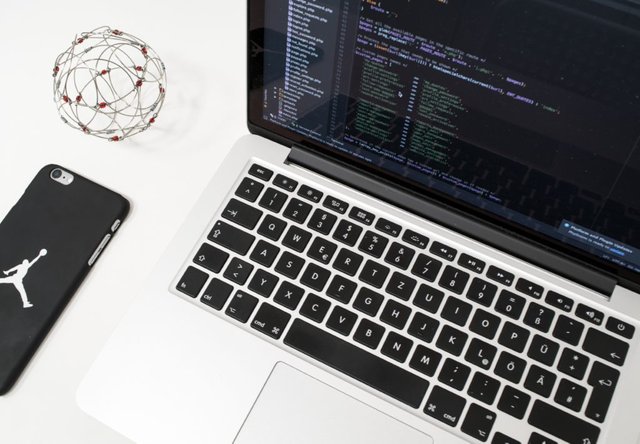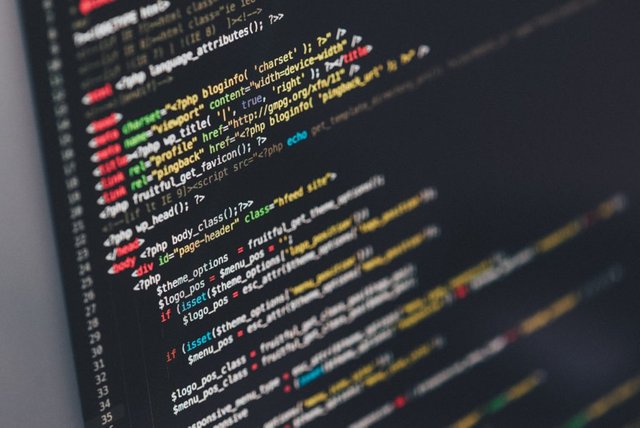
Over recent years, conversations about the Internet of Things (IoT) have taken centre stage of technology events all over the world. Defined as ‘objects that "talk" to each other’, IoT devices are devices that are connected to the internet, taking the form of devices ranging from smart refrigerators, wifi-connected thermometers and wearable fitness trackers.
Although IoT devices have been celebrated and have begun to have commercial opportunity, some flaws have been identified in their fundamental design by the product development community.
During London Tech Week 2018, we attended a talk on the benefits of the new release of Android Things 1.0, that addressed not only the issues there currently are with IoT product development, but also how Android Things can be utilised as a tool to work to improve the usability of IoT products.
Some of the issues various developers and companies have found is that developing software for IoT devices is difficult due to ongoing security concerns. With the potential threats of cloud and cross border attacks for governments and states across all nations, the internet is looking to become more of a protected or ‘walled’ concept in certain locations, making the concept of IoT devices a challenge.
Manufacturers looking to protect their devices and products will therefore have to take responsibility for their own security strategies, investing in their own protection software and using up extensive resources to shield their user data. As security is so often a priority for IoT device manufacturers, particularly with so many potential data threats this year, these issues have been slowing the progression of the Internet of Things as a commercial product.
What can Android Things do to counter these problems?

First announced at Google I/O 2015, Android Things was released specifically as an aid to IoT development, meaning that the majority of its functions are designed to provide solutions to the existing flaws of IoT. Described as the tool to do the ‘heavy lifting’ of certified hardware, Android Things has a number of beneficial features for developers and manufacturers to exploit.
Security Provided
Android Things offers a free strategy for automatically updating your device, free of charge. This presents a huge advantage in terms of security, as Google will provide regular security updates, and around the clock support. For many users, this means their company won’t have to specialise in the security aspect of delivering these products, as Android Things can enable easy to manage OTA (over-the-air) firmware updates regularly for the selected device.
SoM & Virtual Boards
When first installing Android Things, Google will provide a SoM (System on Module) which is a chip which can be embedded onto a hardware circuit board, by manufacturers, in order to provide the use of the Android Things platform. The SoM’s provided are based on the Production Platforms: NXP i.MX8M, Qualcomm SDA212, Qualcomm SDA624, and MediaTek MT8516, and Development Platforms: NXP Pico i.MX7D and Raspberry Pi 3 Model B. All of these platforms are certified for production, allowing for three year long-term support from Google throughout development.
AT also allows developers to build their app on top of a virtual SoM board, saving companies the cost and resources involved in purchasing the physical product. These virtual boards are specifically designed for building in bulk, for high volumes of products, allowing manufacturers the ability and flexibility to see all components of their designs in virtual form.

Developer-Friendly
Android Things is designed to be incredibly useful for developers, as it allows them to use existing Android / Google tools to build apps and APIs for their IoT devices. On a larger scale, this also has its uses, as any development company can use their existing Android developers, reducing the need to hire expensive specialist developers.
Allowing developers can use the tools already in their skillset such as Android Studio (used primarily for developing Android mobile applications), IoT becomes a lot more accessible and comfortable for experienced developers to utilise.
Google Integration
One of the most versatile elements of Android Things is that the platform allows you to easily integrate other Google products, such as Assistant, as well. This means an IoT device can be controlled from Google Home, Mini etc, allowing for more user accessibility.

Overall, Android Things has the potential to enhance and undoubtedly support the expansion of IoT development as an innovative and forward-thinking concept, smoothing out the initial bugs and flaws that were holding developers back. Google has identified itself as a supporter of these new, evolutionary technologies, and will hopefully continue to work to improve them for the better in future.
If you want to know more about the work Roller does regarding our specialist Android development teams, get in touch at [email protected]. Or to keep up with our upcoming Technology Trends project, make sure to follow up on our socials @rolleragency.
Posted from my blog with SteemPress : http://rolleragency.co.uk/blog/how-android-things-1-0-solves-iot/